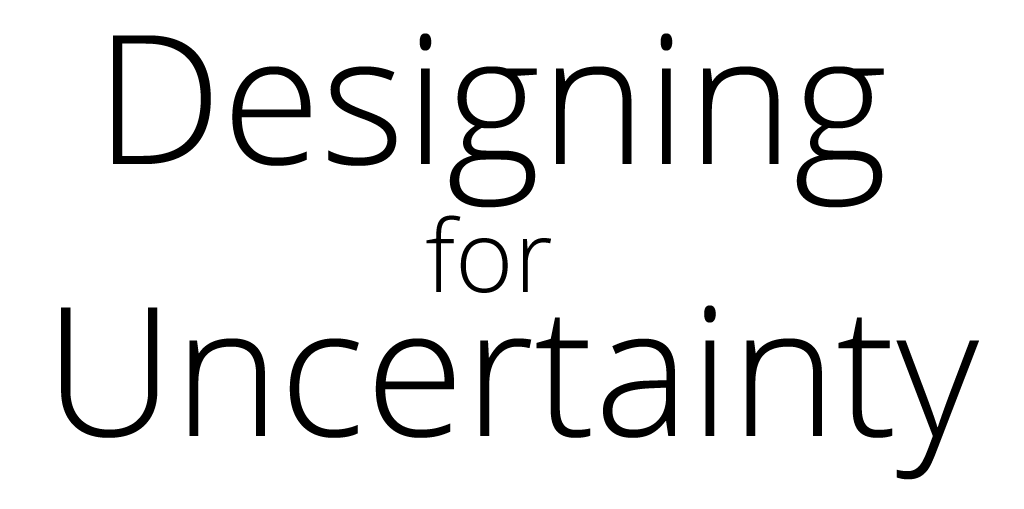
Improving your website’s user experience involves three main steps: 1) Gathering data 2) Visually seeing how users behave on your website 3) Forming a hypothesis and A/B testing that hypothesis. UX tools are the only way to accomplish these three steps. That’s what I’m sharing with you today.
I’ve used and reaped the benefits of the three ux tools I mention in this video. Improving user experience is a longterm play and knowing how to utilize these tools has allowed me to extend the time I work with clients (in turn, earning more as a freelancer).
Without the help of the data provided by UX tools like Google Analytics, you are essentially blind and resorting to guesswork when attempting to improve conversion rates. Why continually ask yourself things like “Why aren’t more people buying this product?” or “Why aren’t more people signing up?” when you can create a system for yourself that revolves around these three UX tools. They give you much clarity. Clarity is good for business.
What do you use to optimize website UX? Let me know in the comments!
Timestamps:
00:00 Intro
00:45 Improving Website UX
1:30 Google Analytics
3:27 FullStory
5:20 CrazyEgg
6:50 Recap
–
Learn how to build custom websites with Webflow FAST:
https://bit.ly/WebflowWebclass2020
–
Find me on other social media platforms:
Instagram: https://www.instagram.com/ransegall/
Twitter: http://twitter.com/ransegall
LinkedIn: https://www.linkedin.com/in/ran-segal…
–
Gear & Book Recommendations: http://bit.ly/2ohFOuj
#webdesign #ux #uxtools
Thanks for watching the video!
